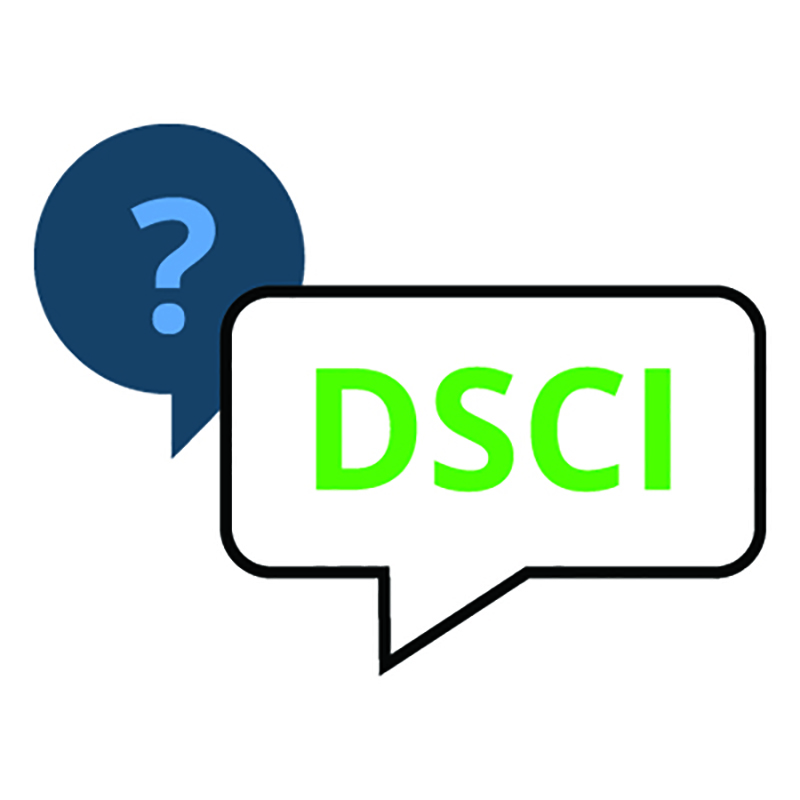
By Lauren Batzer, Marketing and Communications Manager, Working Partners®
It’s not uncommon to hear people talk about grabbing a few drinks to decompress after a long day of work. And with all the stress people have been experiencing because of COVID, it’s not surprising to learn that Americans are drinking more than they used to:
- 25% of adults reported drinking more in 2020 to manage their stress, according to a nationwide survey by the American Psychological Association.
- From February to November 2020, alcohol consumption increased 39%, and binge drinking (i.e., drinking enough to reach a BAC of .08%) increased 30%.
Considering the impact alcohol, particularly high-risk alcohol use, can have on one’s health, e.g., hypertension, cancer, liver disease, stroke, etc., it’s important to follow low-risk drinking guidelines to minimize the potential for negative health impacts. But recommendations differ slightly depending on the source.
The most current low-risk drinking guidelines – based on sound research – were published by the Centers for Disease Control and Prevention (CDC):
- Men: Consume no more than two drinks a day
- Women: Consume no more than one drink a day
Now, it’s important to note that when the guidelines reference a “drink,” they are not saying, “grab the biggest glass you can find and fill it to the brim!” The guidelines are based on a measured drink – 12 ounces of beer, four to five ounces of wine and a measured shot (1.5 ounces of 80 proof liquor or 1.25 ounces of 100 proof). And they expect drinks to be consumed at least an hour apart. Additionally, the guidelines indicate that some people, who have an increased risk of developing an alcohol-related problem, should consider not drinking alcohol:
- Those with a strong family history of alcoholism – Biological children of alcoholics are four times more likely than the general public to develop alcohol problems.
- Women who are pregnant or trying to become pregnant
- People who are doing something where risk is involved (e.g., driving, getting ready to work at a job or around the house or yard and other situations where there’s an impairment safety risk)
- Those taking medication that interacts negatively with alcohol
- Those who have difficulty drinking low-risk amounts
- People under the age of 21 – Research says that the younger a person starts drinking, the more likely that person will have problems with it in the future.
It’s also important to remember that not everyone drinks. Over one-third of adults – 35% – don’t drink at all. That doesn’t mean that people in this group have never consumed alcohol. Some are in recovery. Some used to drink but don’t anymore. Some have never consumed alcohol.
Meanwhile, among adults who do consume alcohol, the majority of them do so responsibly. Thirty-seven percent of them drink in the low-risk range and are likely not to experience any negative effect from their consumption. It’s the remaining 28% of adults, who drink more than the low-risk guideline amounts, who are likely to experience health problems related to alcohol. They’re also the ones responsible for most of the impairment problems – like car crashes and workplace accidents.
Establish Corporate Guidelines
Working Partners® suggests employers establish and follow corporate guidelines to help your workforce prevent alcohol problems from impacting their personal lives and workplace:
- Communicate – Be sure your drug-free workplace policy thoughtfully and specifically communicates rules about alcohol consumption on and off the job. Apply objective measures to define terms such as “under the influence” and give clear guidance on when and how much, if any, employees can drink at work-related events.
- Model – Be sure your drinking norms and culture match your policy. If your policy is written appropriately, getting drunk at a company party or while traveling out of town on company business is unacceptable and a violation of company policy.
- Educate – Be sure employees understand the company’s expectations regarding alcohol consumption and about low-risk drinking guidelines. Include this information in your annual drug-free workplace education and/or in other mechanisms used to keep employees updated.
- Refer – If employees need to know where they or a loved one could get more information or help for an alcohol-related issue, know where to refer them. Management should know how and where to mandatorily refer an employee whose high-risk use has impacted the job.
- Repeat – There are a lot of myths and misinformation floating around about alcohol abuse and addiction. Recognize that it may take several attempts before employees really understand what they can do to lower their risk of developing an alcohol problem.
For more information on this topic, consider taking Working Partners® OnDemand 24/7 course, “Drug-Free 102: Employee Essentials (Alcohol)”
Working Partners®, is a training and consulting firm specializing in helping workplaces minimize the risks associated with substance misuse.
A modified version of this article was originally published in Working Partners® newsletter, Wayfinder.

